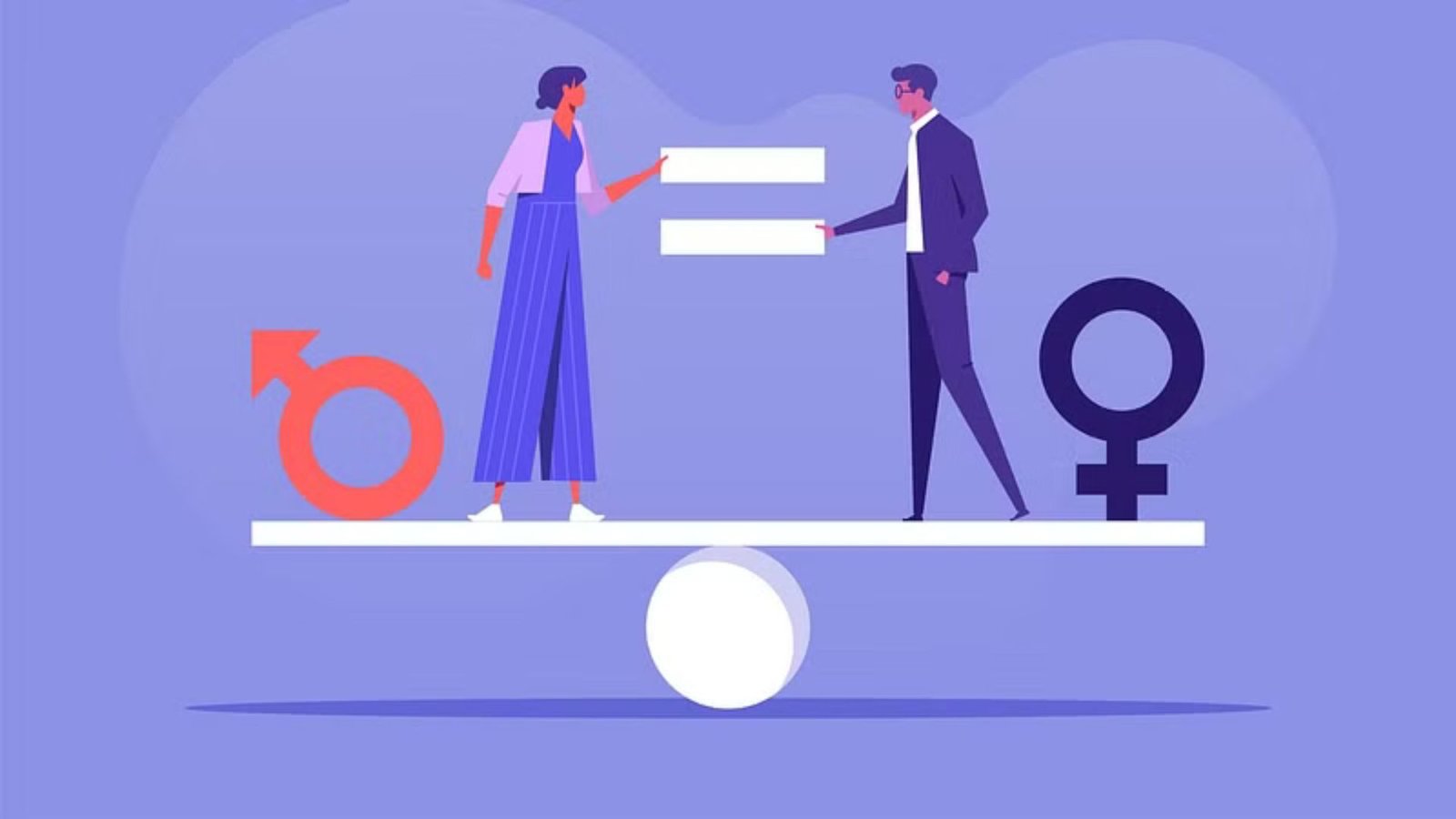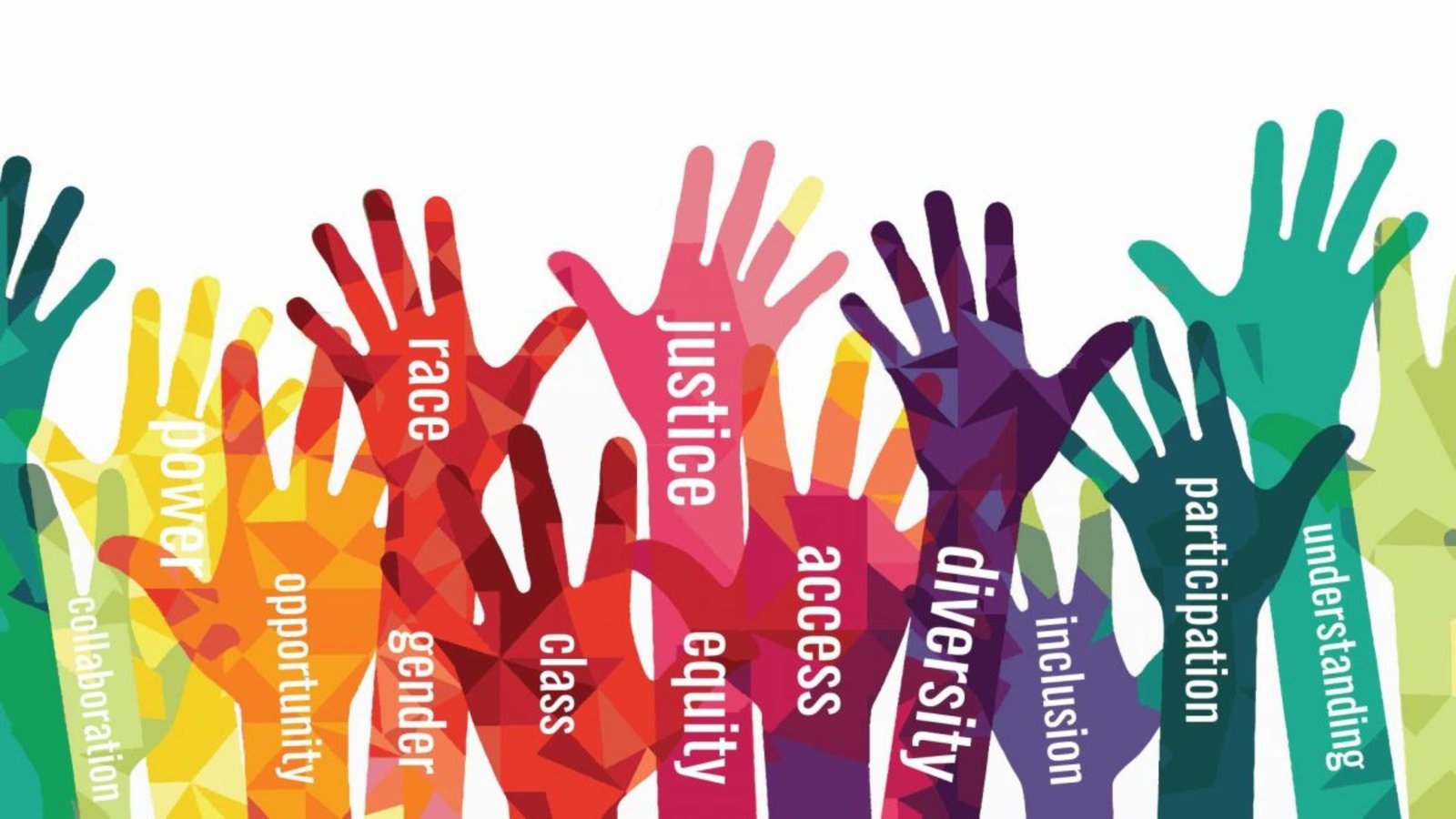Addressing gender inequality is crucial to creating a fairer and more balanced society. Over time, there have been significant strides in reducing the gaps between men and women, but there’s still a long way to go. Whether in the workplace, education, or at home, gender inequality can take many forms. To make meaningful progress, it’s essential to understand and act on how we can address gender inequality in our daily lives.
Understanding Gender Inequality
Before addressing gender inequality, we first need to understand what it is. Gender inequality refers to the unequal treatment or perceptions of individuals based on their gender. It can affect both men and women, but historically, women have faced more widespread discrimination. Gender inequality often manifests itself in unequal pay, lack of access to opportunities, and societal expectations of behavior based on gender.

Recognize Gender Bias
The first step to addressing gender inequality is recognizing the biases we all have, whether we are aware of them or not. Gender bias can show up in many ways, from the way we speak to the way we act. By understanding our biases, we can take steps to avoid them in our interactions and decision-making processes. This awareness helps break the cycle of inequality by promoting equal treatment for all.
Support Equal Pay
One of the most well-known forms of gender inequality is the gender pay gap. Women, on average, earn less than men in many industries for the same work. Addressing gender inequality means supporting equal pay for equal work. Companies should ensure that their pay structures are transparent and that employees are paid fairly based on their skills, experience, and performance, regardless of gender.
Encourage Education for All Genders
Access to education is a powerful tool in addressing gender inequality. Everyone, regardless of gender, should have equal access to education. Educating both men and women ensures that they can fully contribute to society and helps break down stereotypes about traditional gender roles. Encouraging education for all genders helps create a more informed and equitable workforce.
Challenge Gender Roles and Stereotypes
Gender roles and stereotypes can limit opportunities for both men and women. These societal expectations often dictate what men and women should do, how they should behave, or what they should look like. By challenging these stereotypes, we can break down barriers that limit personal growth. Everyone should be free to pursue their passions, careers, and interests, regardless of gender expectations.
Support Women in Leadership
Addressing gender inequality also means empowering women to take on leadership roles. Historically, leadership positions have been predominantly held by men, but times are changing. Companies, governments, and organizations should actively promote and support women in leadership positions. This helps create a more balanced decision-making process and provides role models for future generations of women.
Encourage Parental Leave and Work-Life Balance
A significant factor in gender inequality is the difference in how men and women are treated when it comes to family responsibilities. In many societies, women are expected to take on the majority of childcare and household duties. Addressing gender inequality means offering equal parental leave for both mothers and fathers and encouraging a better work-life balance. This allows both parents to share responsibilities and ensures that women are not disadvantaged in the workplace.
Promote Gender-Sensitive Policies
Governments and organizations can play a key role in addressing gender inequality by promoting policies that protect the rights of all genders. These policies should focus on eliminating discrimination, promoting equal opportunities, and ensuring fair treatment in all aspects of life. Gender-sensitive policies can provide the structure needed to create a more inclusive society.
Raise Awareness and Educate Others
Addressing gender inequality doesn’t just stop with us—it’s about creating a collective effort. Raising awareness and educating others about gender inequality can lead to more positive change. By starting conversations, sharing information, and challenging biased attitudes, we can create a community that supports gender equality and challenges discriminatory practices.
Advocate for Gender Equality Legislation
Finally, addressing gender inequality often requires legal reforms. Governments should introduce and enforce laws that protect individuals from gender-based discrimination. Legislation that promotes equal opportunities, protects against harassment, and ensures fair treatment can create long-lasting change. By supporting gender equality laws, we can build a more just society for everyone.
Conclusion
Addressing gender inequality is a vital step toward creating a more inclusive and fair world. By taking small actions in our personal lives and advocating for broader societal changes, we can help eliminate gender-based discrimination. Whether it’s recognizing our own biases, supporting equal pay, or promoting education for all, every effort counts in the fight against gender inequality. Together, we can build a future where gender does not limit anyone’s potential.




